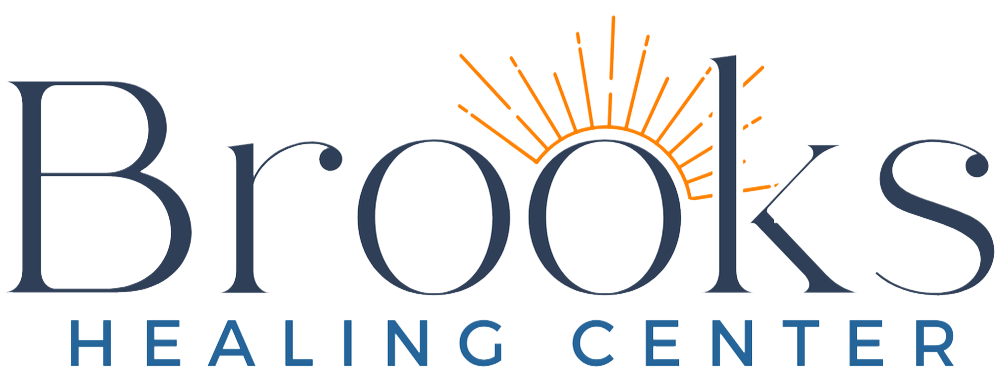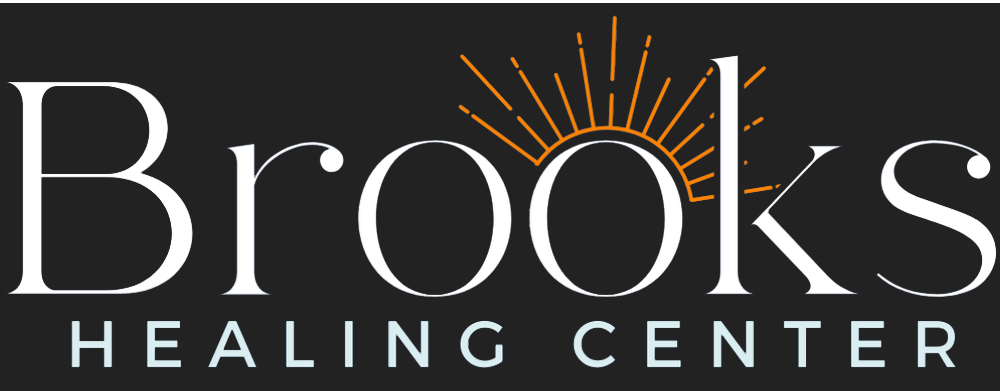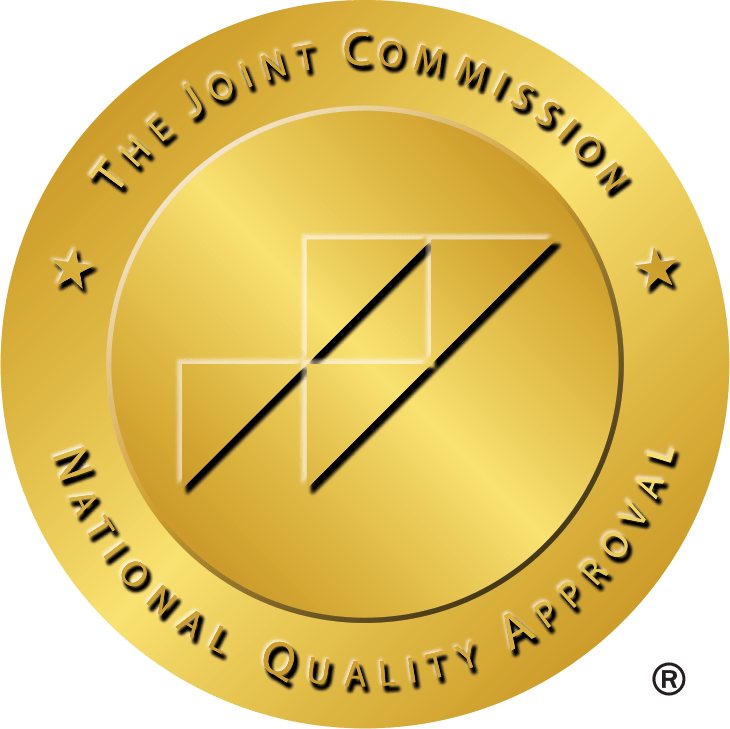Methamphetamine addiction is capable of derailing lives and tearing families apart. This potent stimulant hijacks the brain’s reward system, leading to intense cravings and compulsive drug-seeking behavior that can feel impossible to overcome.
The physical and psychological toll of long-term meth use can be severe, affecting everything from cognitive function to cardiovascular health and dental integrity. However, recovery from methamphetamine addiction is possible with the right support and treatment approach.
At Brooks Healing Center, we offer comprehensive, evidence-based programs designed specifically to address the unique challenges of meth addiction and guide you towards lasting recovery.
Table of Contents
Key Points
- Crystal meth, a highly addictive stimulant, is known for its severe effects on the brain's dopamine system and can lead to intense euphoria and dependence.
- Crystal meth addiction often starts with recreational use and quickly escalates, leading to severe physical and psychological issues, including dental decay, cognitive impairment, and erratic behavior.
- In 2021, about 2.5 million people in the US reported using crystal meth in the past year, with significant increases in meth use and associated stimulant use disorders over the past decade.
- Brooks Healing Center offers both detox and residential treatment programs in Tennessee, focusing on a comprehensive, individualized approach to support recovery from crystal meth and co-occurring disorders.
What Is Crystal Meth?
Methamphetamine, commonly known as meth or crystal meth, is a potent and highly addictive synthetic stimulant that has gained notoriety for its devastating effects.[1] Belonging to the amphetamine class of drugs, crystal meth appears as clear, glass-like crystals, giving rise to street names like "ice" or "glass." Users typically smoke, snort, inject, or ingest the drug orally, with smoking being the most common method due to the immediate and intense high it produces. Crystal meth use triggers powerful effects on the brain's reward system, causing a massive release of dopamine.[2] This floods the user with feelings of euphoria, increased energy, alertness, and confidence that can last for several hours. However, this artificial high comes at a steep price – the drug's ability to severely disrupt the brain's natural dopamine balance makes it incredibly addictive, with many users reporting dependence after just one or two uses. Long-term use of crystal meth can lead to a host of severe physical and mental health problems.[3] Users often experience cardiovascular issues, significant dental decay (known as "meth mouth"), cognitive impairment, and increased risk of infectious diseases. Despite these risks, crystal meth remains a Schedule II controlled substance in the United States, acknowledging its high potential for abuse while recognizing a limited medical use in its prescription form (Desoxyn).[4]Crystal Meth Addiction and Abuse
Crystal meth addiction is a severe and often rapidly developing form of substance abuse that can have profound impacts on an individual's life. The intense euphoria and energy boost provided by crystal meth, coupled with its ability to alter brain chemistry dramatically, make it one of the most addictive substances available. Meth addiction often begins with recreational use, driven by curiosity, peer pressure, or the desire for increased energy and focus. However, the brain quickly adapts to the flood of dopamine released by the drug, leading users to require increasingly larger doses to achieve the same high. This tolerance, combined with the severe crash that follows the drug's effects wearing off, can drive users into a cycle of binge and crash, fueling both physical and psychological dependence. As addiction takes hold, users may experience a range of disturbing symptoms and behavioral changes:[5]- Intense cravings for the drug
- Neglect of personal hygiene and responsibilities
- Erratic and often aggressive behavior
- Insomnia and disturbed sleep patterns
- Significant weight loss and malnutrition
- Paranoia, hallucinations, and psychotic episodes
Crystal Meth Quick Reference Chart
| Drug Category | Commercial & Street Names | DEA Schedule | Administration |
| Stimulant | Chalk, crank, dunk, gak, ice, speed, trash, wash | Schedule II | Inhalation, snorting, injection, ingestion |
How Common is Methamphetamine Addiction?
In 2021, nearly one percent of people in the US (over the age of 12) reported using meth in the past year, equating to about 2.5 million people.[6] Research over the past decade has also shown that overdose deaths from stimulants other than cocaine nearly tripled between 2015 and 2019. During that period, methamphetamine use increased by 43 percent, while the use of methamphetamine in combination with cocaine surged by 60 percent.[7] Additionally, the prevalence of methamphetamine-based stimulant use disorders (methamphetamine use disorder) rose by 62 percent, and frequent methamphetamine use—defined as using the drug for at least 100 days within the past year—increased by 66 percent.What Are My Treatment Options for Crystal Meth Addiction in Tennessee?
Brooks Healing Center in Tennessee offers comprehensive care for those looking to recover from meth addiction (and other co-occurring mental health and substance use disorders). We offer both detox and residential (inpatient) treatment programs, providing a full spectrum of care to support your journey to recovery. Brooks also offers a range of therapeutic modalities to ensure a well-rounded and effective treatment experience. If you’re struggling with how to quit meth or how to help a meth addict you love, our primary treatment approaches include:- Cognitive Behavioral Therapy (CBT): This evidence-based therapy helps you identify and change negative thought patterns and behaviors associated with drug use. CBT equips you with practical skills to manage cravings, avoid triggers, and develop healthier coping mechanisms.
- Experiential Therapy: We incorporate hands-on, active experiences into your treatment plan. These may include art therapy, music therapy, or outdoor activities, allowing you to process emotions and develop new skills in a non-traditional therapeutic setting.
- Trauma-informed Care: Recognizing the frequent link between trauma and addiction, our trauma-informed approach ensures that all aspects of your treatment are sensitive to past traumatic experiences. This method helps address underlying issues that may contribute to your addiction.
- Brainspotting (BSP): This innovative therapeutic technique helps process trauma and negative emotions that may fuel addictive behaviors. BSP can be particularly effective in addressing the deep-seated psychological impacts of crystal meth addiction.
- 12-Step Program: We integrate the principles of the 12-step program into our treatment, offering a structured path to recovery that has helped countless individuals achieve and maintain sobriety.


